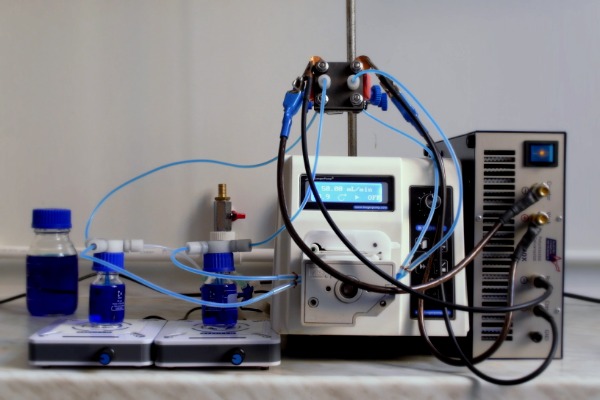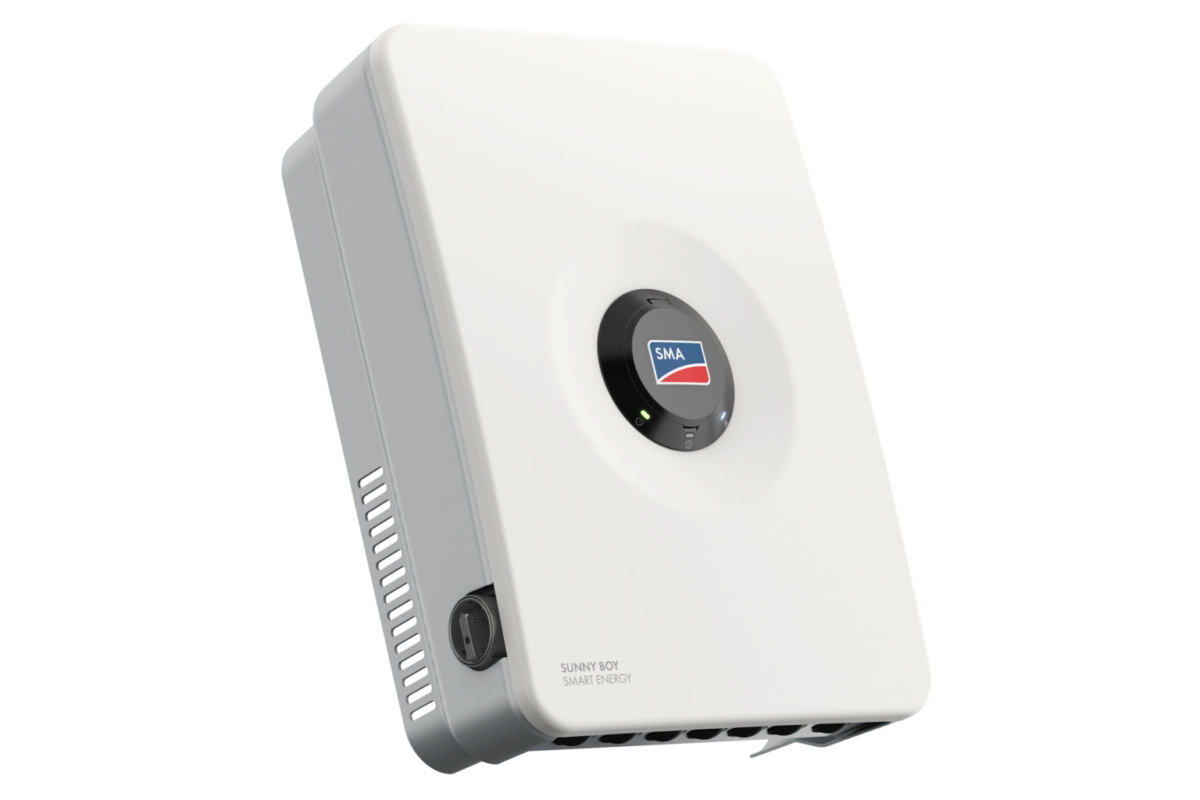Scientists at a Russian research institute have proposed a new method of producing a critical part of the membrane electrode assembly (MEA) used in vanadium redox flow batteries.
Researchers from the Institute of Problems of Chemical Physics – part of the Russian Academy of Sciences (RAS) – claim their method of assembling graphite flow field plates is faster and cheaper than the existing approach and will make the technology more accessible to research.
Flow field plates are layers in the membrane electrode assembly that pump electrolytes to electrodes for oxidization or reduction and are typically milled in dense graphite plates in a process the Russian group described as time-consuming.
The RAS researchers have proposed assembling the plates instead from several thin layers of flexible graphite materials, with the channels needed to distribute electrolytes cut into the sheets of graphite foil, enabling easy modification of flow field configuration. “The necessary patterns in them are cut by a laser and then these layers are superimposed on each other to get the required field,” said research paper co-author, Roman Pichugov. The new procedure, he said, “takes only a few minutes, which is much less than traditional milling of graphite. Plus, cheaper materials are used and, as a result, there is more scope for variation and selection of flow fields.”
The researchers claim testing confirmed a vanadium‐sulfuric acid electrolyte used with the new flow field plates “outperforms the cell with conventional graphite plates with the same parameters of the flow field.”
“We have proposed a completely new design of MEA which will facilitate the research process and greatly reduce [the] entrance threshold for new research groups into this area,” said research co-author Dmitry Konev. “In the future, this will help to achieve significant progress and will bring distributed energy resources from [a] niche positioning to [a] very high level of commercialization, including in Russia.”
The device which featured the novel field flow plates has been described in the study Electrolyte Flow Field Variation: A Cell for Testing and Optimization of Membrane Electrode Assembly for Vanadium Redox Flow Batteries, published in Chemistry Europe, and showed 734 mW/cm2 of peak power density and 84.3% energy efficiency.
The RAS group will now develop a 20 W vanadium flow battery featuring ten of their devices in partnership with Moscow-based fuel cell company Inenergy LLC.
This content is protected by copyright and may not be reused. If you want to cooperate with us and would like to reuse some of our content, please contact: editors@pv-magazine.com.




1 comment
By submitting this form you agree to pv magazine using your data for the purposes of publishing your comment.
Your personal data will only be disclosed or otherwise transmitted to third parties for the purposes of spam filtering or if this is necessary for technical maintenance of the website. Any other transfer to third parties will not take place unless this is justified on the basis of applicable data protection regulations or if pv magazine is legally obliged to do so.
You may revoke this consent at any time with effect for the future, in which case your personal data will be deleted immediately. Otherwise, your data will be deleted if pv magazine has processed your request or the purpose of data storage is fulfilled.
Further information on data privacy can be found in our Data Protection Policy.